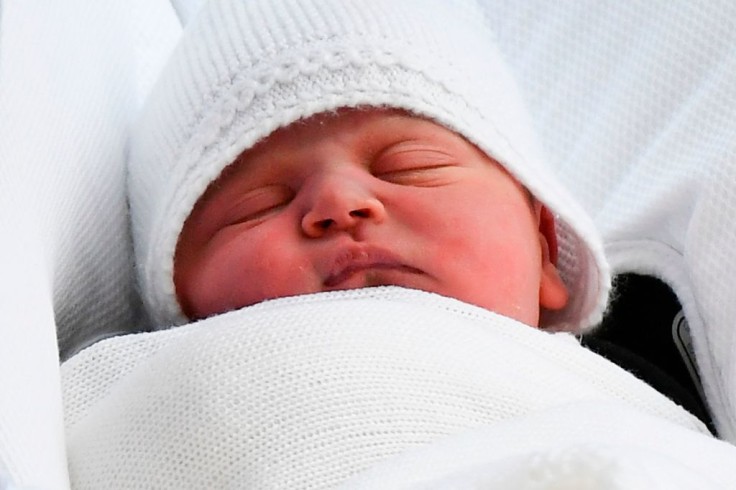
Giving saline drops to babies with nasal blockage, also called a "stuffy nose," is a safe means to mitigate mucus growth and lessen swelling in the nasal tissues. This expedites easier breathing for infants or toddlers.
Saline Drops for Babies
Saline drops are specifically appropriate for babies as they do not contain medication, and their dosage can be easily contained.
While saline sprays and mists are available, they are commonly suggested for children aged one year and older, while sinus rinses are typically reserved for slightly older children with larger nostrils.
This guide gives easy step-by-step instructions for safely administering saline drops to babies. It also emphasizes manifestations that may need medical attention.
To begin, guarantee you have the essential supplies: sterile saline nose drops and a clean bulb syringe. A bulb syringe is a soft rubber or silicone tool with a thin tip designed to suction mucus from a baby's nose.
Both saline drops and bulb syringes are inexpensive and generally accessible at drugstores or online.
Steps for Giving Saline Drops
- Support your baby in a seated position, slightly inclined, on your lap.
- Administer two or three saline drops into a single nostril.
- Wait briefly to allow the saline to enter the nose.
- Squeeze the bulb syringe away from your baby to discharge any trapped air.
- Insert the tip of the bulb syringe into the nostril where the drops were conducted, then discharge the bulb gently to create suction, efficiently eliminating mucus and excess saline.
- Dispose of the contents from the bulb syringe and wait a few minutes before doing again the process in the other nostril.
It's recommended to limit suctioning to an utmost of two times per day to avoid irritation of the nasal passages and swelling.
Saline drops function by removing moisture from tissues, lessening swelling, and loosening hardened mucus plugs to facilitate simpler discharge.
They are typically employed to address nasal congestion stemming from several circumstances like the common cold, flu, allergies, sinusitis, and respiratory syncytial virus (RSV) in infants and young children.
If the baby is anxious during the process, consider having another adult help you, conducting drops before feeding or bedtime, and cleaning the nostrils with a warm washcloth or cotton swab beforehand.
While saline drops usually have mild side effects such as sneezing or nasal dryness if overused, it's important to be aware of possible difficulties and seek medical attention if the baby encounters serious manifestations or signs of worrying.
Finally, if nasal congestion continues despite saline drops, consult your child's pediatrician before considering other treatments. It's essential to follow professional medical advice, especially if manifestations are accompanied by fever, coughing, or fatigue.
Preventing Side Effects of Nasal Saline Drops in Babies
To prevent possible side effects of nasal drops, adhere to appropriate hygiene practices. Always guarantee the dropper is washed and dried carefully after each use, and avoid sharing nasal droppers to refrain from the spread of infections.
Possible side effects may include a runny nose, sneezing, a burning or stinging sensation, or nasal dryness. If encountering any of these side effects, it's essential to monitor their manifestations and contact the doctor if they continue or exacerbate.
Furthermore, consult a doctor if exhibits symptoms such as headache, dizziness, difficulty breathing, irregular heartbeat, nausea, mood changes, weakness, persistent sweating, trouble sleeping, a rash, or signs of itching or swelling.
